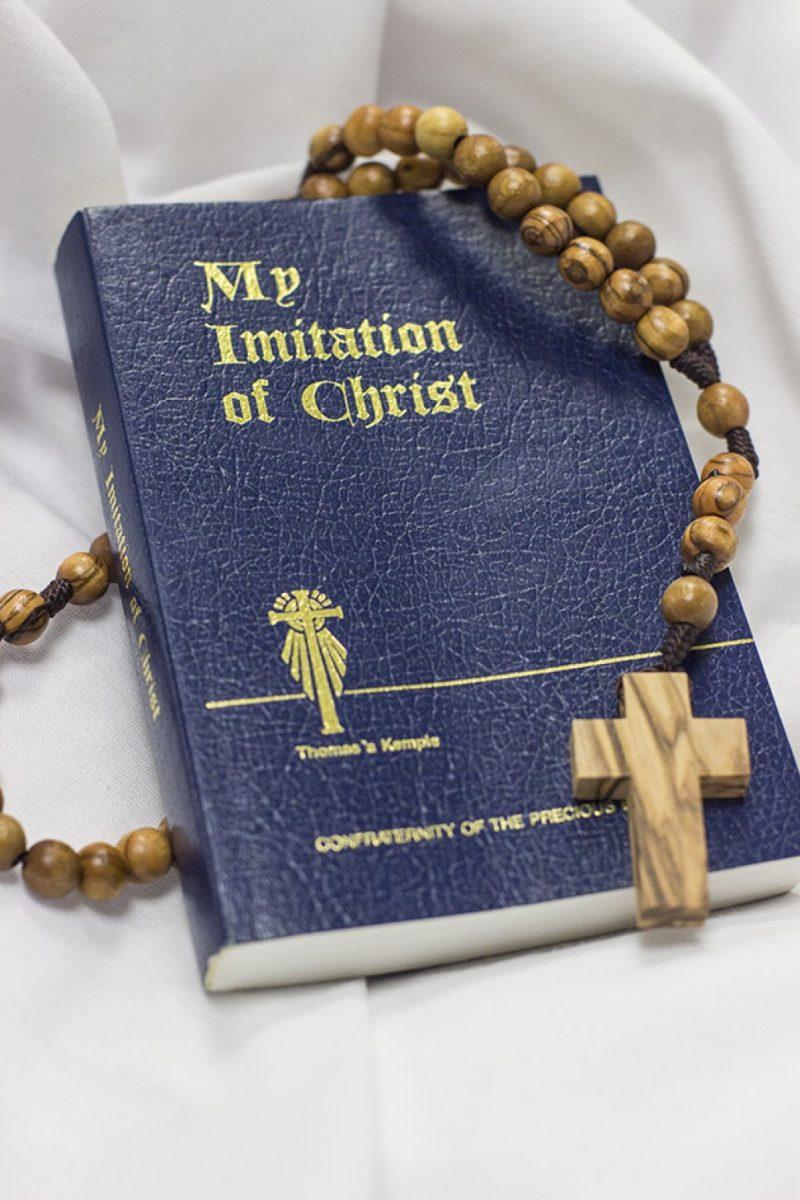I tried to give up TV once for Lent — it did not end well. Other times I settled to give up the usual suspects, and candy, soda and pizza all took their turn. Lent was 40 days of less sugar and more fish, capped by an Easter holiday whose joy was more culinary than religious.
I spent my Catholic childhood listening to the same story again and again — Christ is risen, we are saved, Easter is the most important day of the spiritual year — but I never connected it with the joy of the Christmas season, or with the beauty of the ordinary Catholic Liturgy. To me, Easter was an empty religious obligation marked by trivial sacrifice.
I wanted more, but I was unsure of what “more” meant until I stumbled across a book given to me as a toddler. I would tag along with my mom on her weekend errands, and in one shop I was fascinated by a blue pocket-sized book with gold lettering. Something about the shape and color was so new to my young mind that I refused to put it down, and my incessant crying forced my exasperated mom to buy it and move on. It gathered dust for years until it again caught my eye in high school several days before Ash Wednesday.
“My Imitation of Christ” is a book of meditations written in the 15th century. The first day of Lent I read the first few pages and threw it back into its drawer. The contents were very surprising to someone who believed in God, but who had expressed that faith only in the comfort of teen youth groups and social retreats. “Imitations” instead calls for the reader to be a “daily sacrifice to Christ,” to “learn to break thy own will” and “give thyself to the interior.” It was a radical message that went against the grain of my everyday life, and I came close to ending my Lenten promise quicker than I returned to TV all those years ago.
I kept reading, though, and as the weeks rolled by those words slowly grew on my mind. I would start and end every day with a new passage and personal meditation. It took 15 minutes, but nothing changed my spiritual life so deeply. Rich interior reflection is an experience that translates into a deeper understanding of service, and sacrifice. I had found meaning in Lent, and I finally understood the joy of Easter.
Lent is too often viewed as a season of material sacrifice when it should be a time of personal spiritual growth. You have 40 days to prepare for the most important day of the Christian year. The season begins with a very physical sign — ashes, in the shape of the cross, adorning the forehead — but the true meaning of Lent is found in ways to keep that sign marked on your heart long after the ash washes away.
John Rangel is an aerospace engineering junior and Science & Technology editor for The Battalion.
Mark your heart, not just your forehead
February 18, 2015
Photo by Allison Bradshaw
Prayer and interior reflection can give a deeper appreciation for the spirituality that surrounds Lent and Easter.
Donate to The Battalion
Your donation will support the student journalists of Texas A&M University - College Station. Your contribution will allow us to purchase equipment and cover our annual website hosting costs.





















